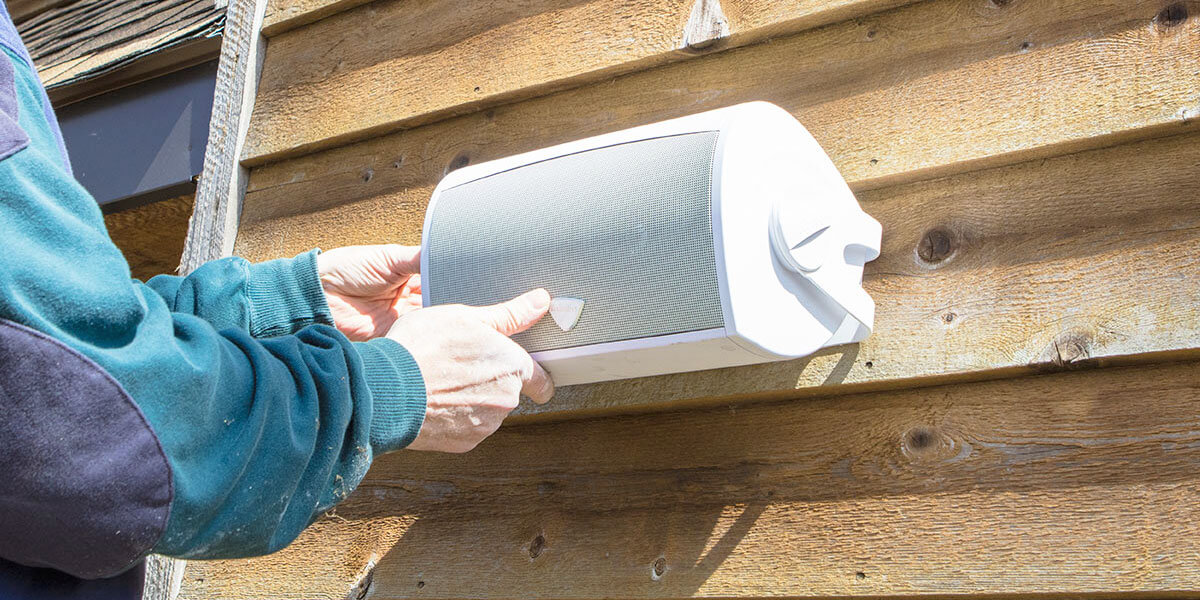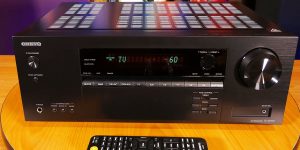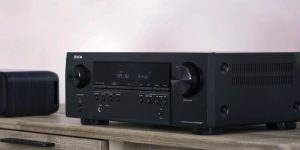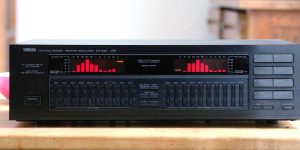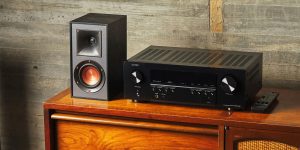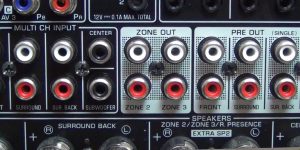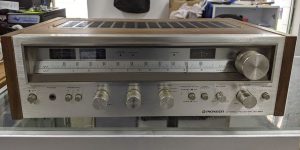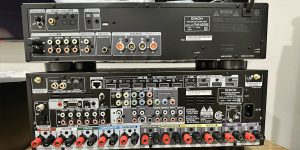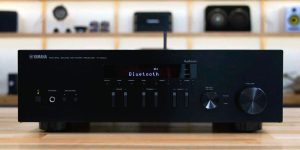Any self-respecting music aficionado, given the opportunity, will try to provide music in every residence room. But what about the terrace of your home? Outdoor speaker installation can greatly enhance the experience of meeting and relaxing in nature or even drinking coffee in the morning. But proper preparation and thoughtful equipment selection are important to create a fantastic outdoor speaker system. So from this article, you’ll learn about the necessary preparation steps. I’ll give you a step-by-step guide to installing a speaker system that will take your entertainment to a new level and, most importantly, turn the installation into a simple, fun adventure.
What you need to prepare for outdoor speaker installation
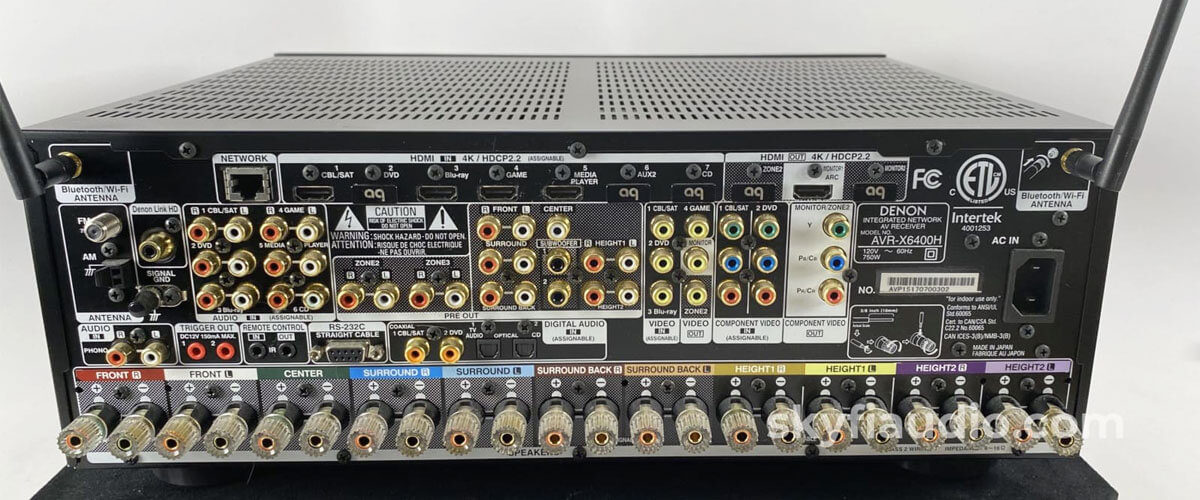
Before you begin the outdoor speaker setup process, if I were you, I would ensure you have everything you need for a successful installation. Let’s take a look at the basic preparation steps:
Selecting the right outdoor speakers
Durability is a key consideration since outdoor speakers must withstand various weather conditions. Wouldn’t you agree? So first and foremost, look for speakers with weather-resistant materials such as UV-resistant enclosures and corrosion-resistant components. Also, ensure the speakers have the proper ingress protection (IP) rating to protect them from dust and water.
I also consider the size of the outdoor area and the desired sound coverage. Larger spaces may require more powerful speakers or multiple speakers to distribute the sound evenly.
Picking the right receiver for outdoor sound
When choosing a receiver for your outdoor speaker system, you should consider a multi-zone one. This will allow you to control different sound sources in different zones and play them independently of each other. That is, you will not need to place the receiver outside to protect it specially (because they are exposed to the outside), and you can simply control the terrace zone from inside your house.
Optimizing outdoor speaker placement
To make your installed outdoor speakers sound as good as possible, I would draw your attention to the direction of the speakers. Place them so that they “face” toward the listening area and away from reflective surfaces so that the sound is evenly dispersed. It is optimal to hang the speakers on walls, eaves, or special stands.
Positioning your receiver for outdoor audio bliss
You should find a suitable location for the receiver that is protected from direct sunlight, rain, and high humidity. If there is no possibility of placing the receiver indoors, you can use an all-weather cabinet or enclosure to protect it. When the main device is in the house and has a wired connection to the speakers, do not choose the receiver’s main area in the house’s farthest room, as you just drown in long wires and spend money. When connecting wirelessly via Bluetooth, placing the receiver closer to the speakers is also better for stabilizing the signal.
Your step-by-step outdoor speaker system installation guide
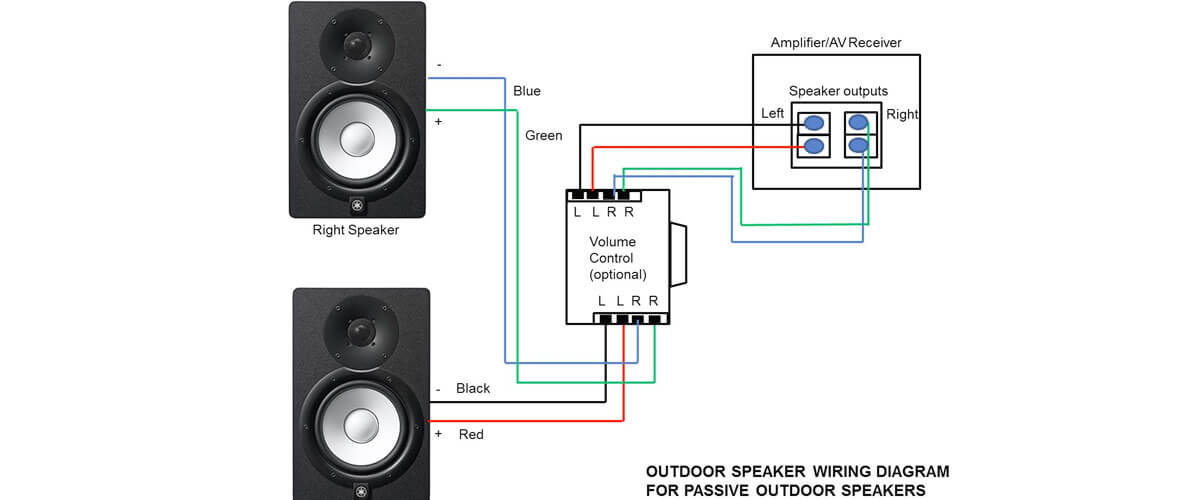
When you are sure that you have considered all the nuances, proceed directly to the installation process and follow these steps:
Choose wireless or wired: Wireless will save you from unnecessary wires and outlets, but signal stability will depend directly on the quality of components and Wi-Fi or Bluetooth (depending on what you use), which is always inferior to wired. Wired will make you sweat with organization, but the signal will always be stable.
Position the speakers: You’ve already chosen the ideal location for the speakers, so if necessary, securely mount special shelves (or the speakers themselves) to the walls or use sturdy floor stands.
Connect the speakers to the receiver: For wired systems, use high-quality speaker wire and connect each speaker to the appropriate terminals on the receiver. Follow the manufacturer’s instructions for wireless systems to create a secure connection.
Set up the receiver: Connect audio sources such as smartphones or media players to the receiver. Customize the receiver’s settings, including audio zones and equalizer settings, according to your preferences.
Test and tune: Check various audio data to verify system performance. Make any necessary changes to speaker placement, receiver settings, and audio sources to achieve the desired sound quality.
Conclusion
You can create an impressive speaker system that delivers high-quality sound outdoors with careful preparation and attention to detail. And with the right speakers, receiver, and ideal placement, you can enjoy your favorite music, movies, and games with family and friends outdoors. Good luck!

